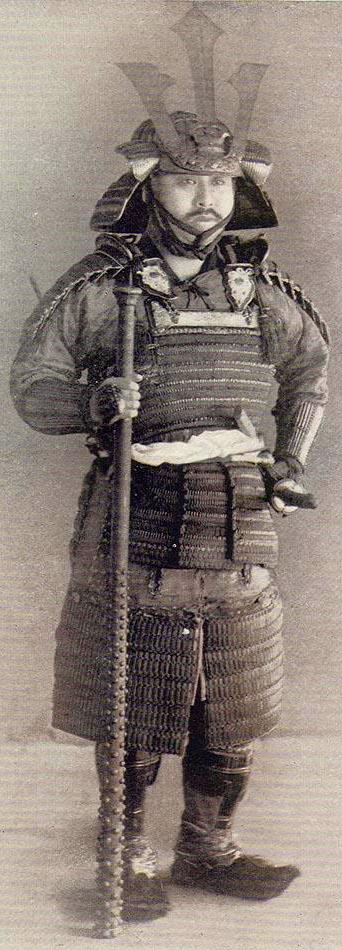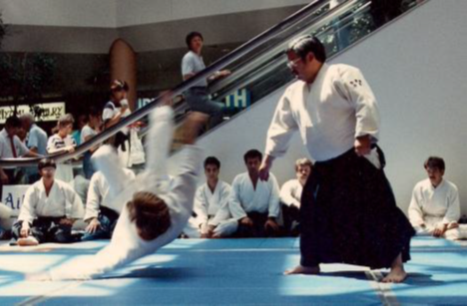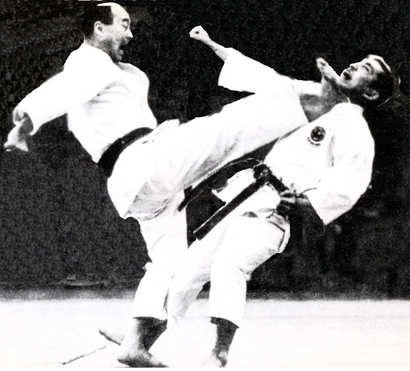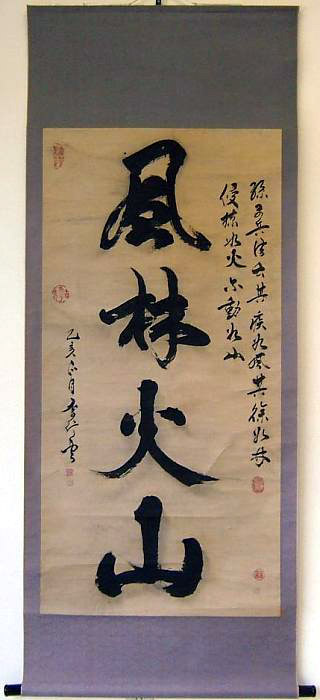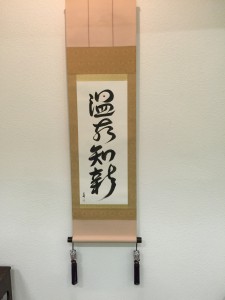 I recently read an article on how one's mind responds to mistakes. In a traditional martial arts there is no such thing as right or wrong, but only what can be learned. For the teacher, every mistake is a teaching moment. For the student it is a chance to understand themselves as they see mistakes as an opportunity to learn about themselves and change. This is the best case scenario, but sometimes students and teachers only see the defeat in the mistake. I know that I have from both sides. This is wholeheartedly wrong and will only cause more unhappiness and problems. When we make mistakes, the only thing any of us can do is forgive and try and find the lesson there.
How your brain reacts to mistakes depends on your mindset
I recently read an article on how one's mind responds to mistakes. In a traditional martial arts there is no such thing as right or wrong, but only what can be learned. For the teacher, every mistake is a teaching moment. For the student it is a chance to understand themselves as they see mistakes as an opportunity to learn about themselves and change. This is the best case scenario, but sometimes students and teachers only see the defeat in the mistake. I know that I have from both sides. This is wholeheartedly wrong and will only cause more unhappiness and problems. When we make mistakes, the only thing any of us can do is forgive and try and find the lesson there.
How your brain reacts to mistakes depends on your mindset
“Whether you think you can or think you can't -- you're right,” said Henry Ford. A new study, to be published in an upcoming issue of Psychological Science, a journal of the Association for Psychological Science, finds that people who think they can learn from their mistakes have a different brain reaction to mistakes than people who think intelligence is fixed.
“One big difference between people who think intelligence is malleable and those who think intelligence is fixed is how they respond to mistakes,” says Jason S. Moser, of Michigan State University, who collaborated on the new study with Hans S. Schroder, Carrie Heeter, Tim P. Moran, and Yu-Hao Lee. Studies have found that people who think intelligence is malleable say things like, “When the going gets tough, I put in more effort” or “If I make a mistake, I try to learn and figure it out.” On the other hand, people who think that they can’t get smarter will not take opportunities to learn from their mistakes. This can be a problem in school, for example; a student who thinks her intelligence is fixed will think it’s not worth bothering to try harder after she fails a test.
For this study, Moser and his colleagues gave participants a task that is easy to make a mistake on. They were supposed to identify the middle letter of a five-letter series like “MMMMM” or “NNMNN.” Sometimes the middle letter was the same as the other four, and sometimes it was different. “It’s pretty simple, doing the same thing over and over, but the mind can’t help it; it just kind of zones out from time to time,” Moser says. That’s when people make mistakes—and they notice it immediately, and feel stupid.
While doing the task, the participant wore a cap on his or her head that records electrical activity in the brain. When someone makes a mistake, their brain makes two quick signals: an initial response that indicates something has gone awry—Moser calls it the “’oh crap’ response”—and a second that indicates the person is consciously aware of the mistake and is trying to right the wrong. Both signals occur within a quarter of a second of the mistake. After the experiment, the researchers found out whether people believed they could learn from their mistakes or not.
People who think they can learn from their mistakes did better after making a mistake – in other words, they successfully bounced back after an error. Their brains also reacted differently, producing a bigger second signal, the one that says “I see that I’ve made a mistake, so I should pay more attention” Moser says.
The research shows that these people are different on a fundamental level, Moser says. “This might help us understand why exactly the two types of individuals show different behaviors after mistakes.” People who think they can learn from their mistakes have brains that are tuned to pay more attention to mistakes, he says. This research could help in training people to believe that they can work harder and learn more, by showing how their brain is reacting to mistakes.
Source: http://medicalxpress.com/news/2011-09-brain-reacts-mindset.html?ref_src=email
 Which superpower would you choose, if you could choose any one power?
You could choose anything like super strength, the power to fly, instant invisibility, quick learning, irresistible charm or anything else.
Which superpower would you choose, if you could choose any one power?
You could choose anything like super strength, the power to fly, instant invisibility, quick learning, irresistible charm or anything else.



